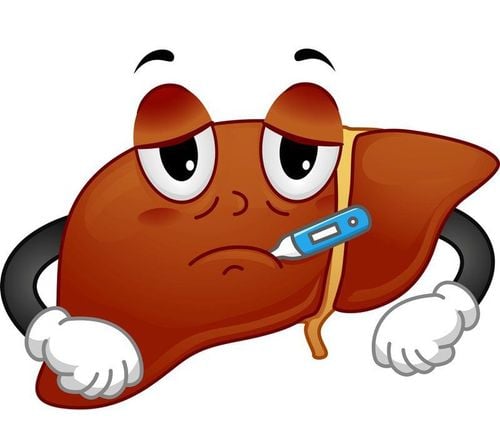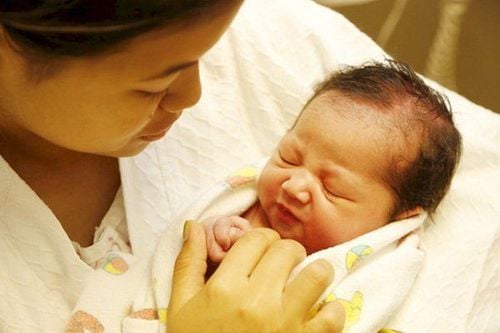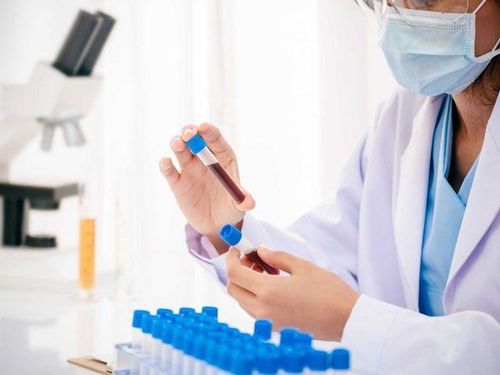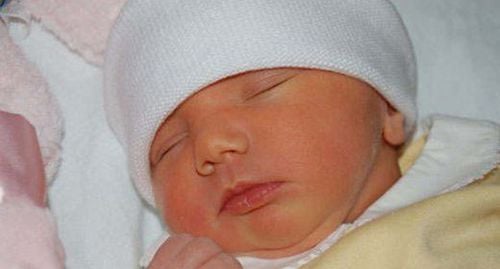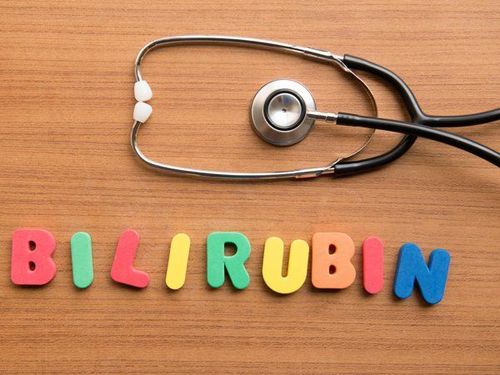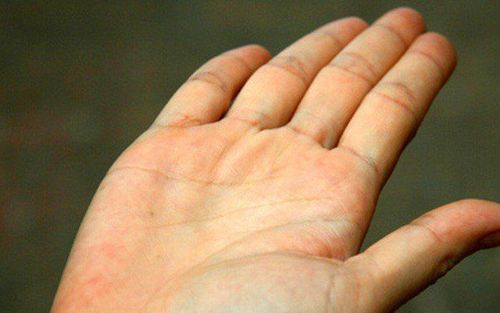This is an automatically translated article.
The article was professionally consulted by Associate Professor, Doctor, Doctor Le Ngoc Hung - Head of Laboratory Department - Microbiologist - Laboratory Department - Vinmec Central Park International General Hospital.Bilirubin is an orange-yellow pigment, produced by the physiological process of breaking down red blood cells in the blood, then passing through the liver and finally out of the body. Therefore, the quantitative test of Bilirubin will help to identify some abnormalities in hepatobiliary and hemolysis.
1. The bilirubin cycle in the body
As mentioned, Bilirubin or bile pigment is produced through the destruction of red blood cells and low amounts of cytochrome and myoglobin. This destruction can take place in the bone marrow, in the circulating blood, or in the spleen.
Bilirubin cycle
First, Hb released from red blood cells produces Hem, iron and globin. In which Heme will be converted to Biliverdin by the microsomal oxygenase enzyme and then becomes Bilirubin under the action of biliverdin reductase, this is unconjugated Bilirubin (indirect Bilirubin) accounting for 80% of total bilirubin circulating in the blood.
When reaching the liver, the indirect Bilirubin index will undergo metabolic processes including 3 stages:
Retained by liver cells. Conjugated with glucuronide acid by the liver enzyme glucuronyl transferase to form conjugated Bilirubin (Bilirubin). direct) prior to excretion into the biliary tract up to 80% and 20% is reabsorbed into the blood. After being excreted in the bile, the conjugated bilirubin will enter the intestine and convert to Urobilinogen and then to Stercobilin, and finally excreted in the feces. A small part of Urobilinogen will be reabsorbed into the portal vein system to perform the enterohepatic-liver cycle shown in urine color.
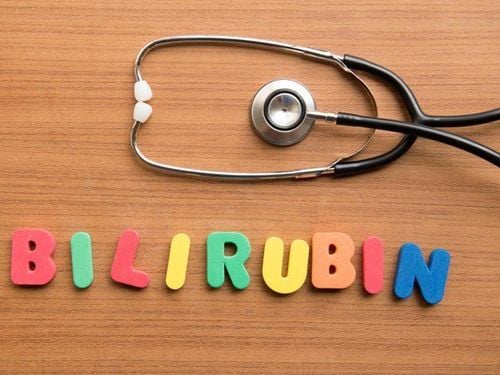
Bilirubin (sắc tố mật) có vai trò quan trọng với cơ thể
2. When is the Bilirubin test done?
Patients may be ordered to have a quantitative Bilirubin test in the following cases:
Having jaundice History of alcoholism or suspected drug poisoning Exposure to hepatitis virus Dark urine Sad symptoms vomiting, vomiting, or pain or swelling in the abdomen Chronic liver disease or fatigue, lethargy.
3. Standard value in Bilirubin . test
The results of the Bilirubin test are usually in 3 parts with the following standard values:
Total Bilirubin:
In neonates: less than 10 mg/dl (< 171 μmol/L) 1 month old: 0.3 -1.2 mg/dl (5.1-20.5 μmol/L) Adults: 0.2-1.0 mg/dl (3.4-17.1 μmol/L). Quantitative direct Bilirubin: Usually at 0-0.4 mg/dl (0-7 μmol/L)
Indirect Bilirubin quantification: Usually at 0.1-1.0 mg/dl (1-17 μmol) /L)
Normal skin becomes yellow when the bilirubin in the blood is between 2 and 3 mg/dL.
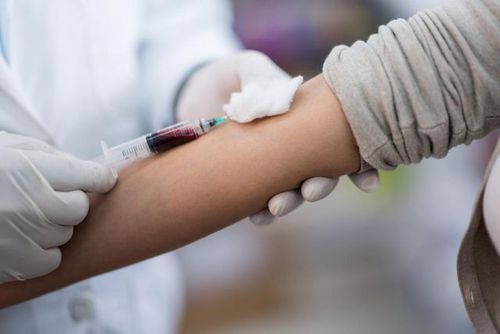
Xét nghiệm Bilirubin ở người lớn
4. Meaning of Bilirubin Abnormal Values
Increased total Bilirubin levels: Usually due to a number of reasons such as
Pregnancy Newborn or premature birth People with intense physical activity. Indirect Bilirubin levels increase: The main causes are excessive destruction of red blood cells or impaired conjugation in the liver.
Increased erythrocyte destruction is usually due to hemolysis in malaria, Rh incompatibility in the neonate or ineffective erythropoiesis, hypersplenism. Impaired hepatic bilirubin conjugation may be due to Gilbert's disease, decompensated heart failure, medication, or defective bilirubin conjugation. Increased direct Bilirubin levels: Usually due to hepatocellular disease or biliary obstruction
Common hepatocellular pathologies are viral hepatitis, drug-induced hepatitis, toxic hepatitis or cirrhosis. If biliary obstruction is intrahepatic, it is usually due to primary biliary cirrhosis, sclerosing cholangitis or drugs, if it is extrahepatic biliary obstruction, it is usually due to gallstones, acute pancreatitis or pancreatic pseudocyst.
5. Factors that may skew test results
There are several conditions that can contribute to a change in Bilirubin quantitative test results as follows:
RBC rupture of the specimen
Leaving the specimen exposed to direct light for more than 1 can reduce Bilirubin levels in which Patients take drugs that can increase total Bilirubin levels such as antimalarial drugs, vitamin C, diuretics,... If routine tests detect an increase in Bilirubin. bilirubin, your doctor will look for other blood tests to see the results and confirm liver damage.
Other tests include:
Blood tests to assess liver function and diagnostic tests for hepatitis, if necessary Clinical examination, abdominal examination to check liver size, and firmness - thickness Imaging tests study. Includes ultrasound, CT-scan, or MRI scan Endoscopy to examine the bile ducts through which bile from the liver enters the intestines Liver biopsy, if necessary. To register for examination and treatment at Vinmec International General Hospital, you can contact Vinmec Health System nationwide, or register online HERE.
MORE:
When to test Bilirubin? Distinguishing physiological and pathological neonatal jaundice Jaundice in newborns




